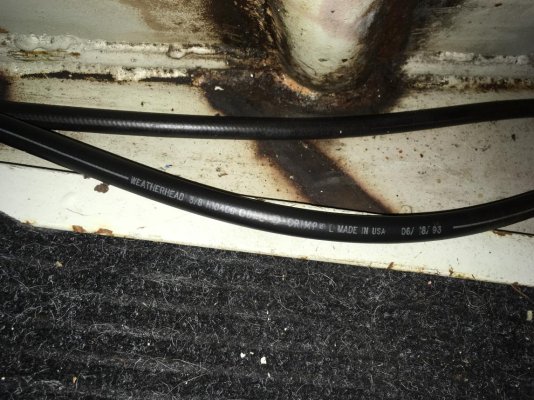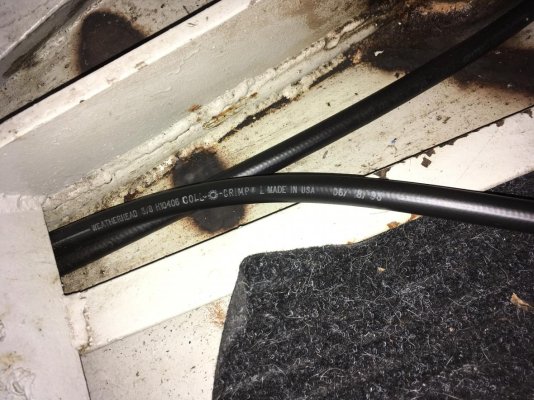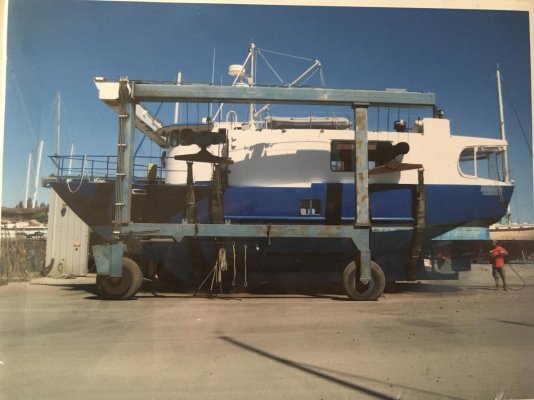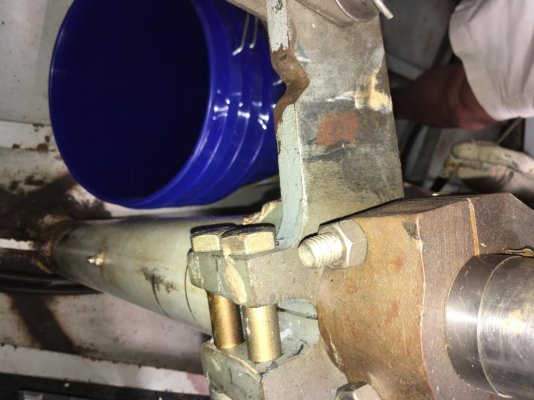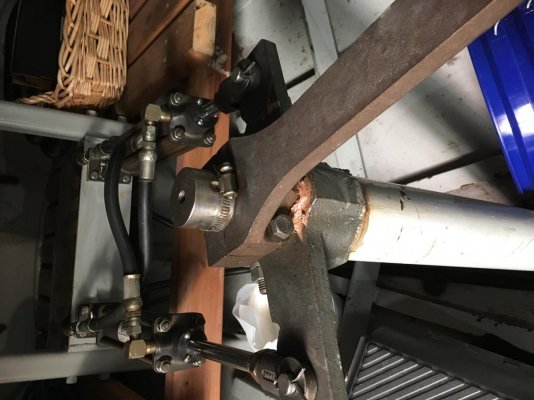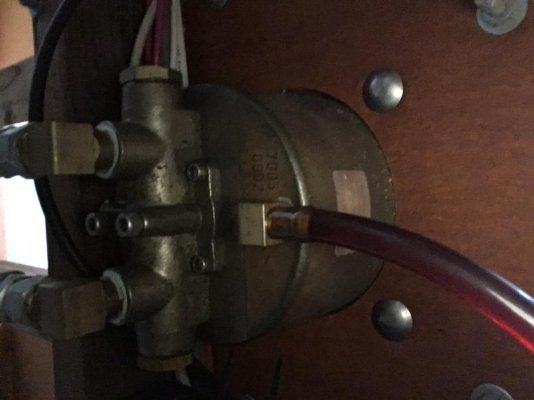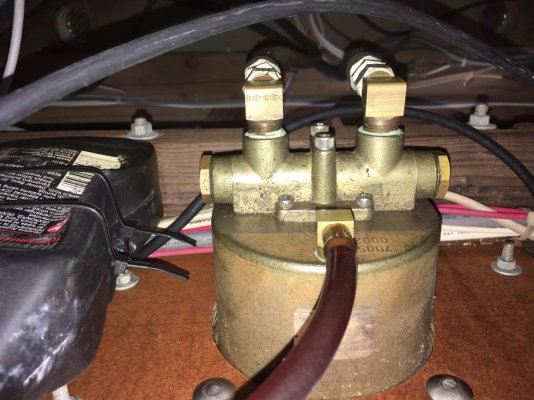LeoKa
Guru
- Joined
- Apr 15, 2017
- Messages
- 1,150
- Location
- USA
- Vessel Name
- Ironsides
- Vessel Make
- 54' Bruce Roberts steel sailboat hull, coastal LRC, 220HP CAT 3306.
Can all these be installed in one package? I have a hydraulic steering system, which works, but very hard to steer. I do not have rudder indicator, nor autopilot.
It would be nice to have them all, but the autopilot can wait. Unless, there is a nice solution for all of these?
I certainly need the rudder indicator. The steering wheel is huge, possibly for sailboats. I have motorboat.
Anyone have an opinion on my needs, perhaps recommend a solution? One by one, or all at once to save money?
See photos.
It would be nice to have them all, but the autopilot can wait. Unless, there is a nice solution for all of these?
I certainly need the rudder indicator. The steering wheel is huge, possibly for sailboats. I have motorboat.
Anyone have an opinion on my needs, perhaps recommend a solution? One by one, or all at once to save money?
See photos.
Attachments
-
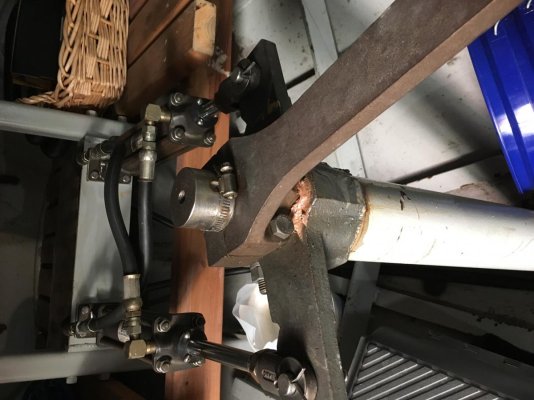 IMG_2543.jpg114.6 KB · Views: 164
IMG_2543.jpg114.6 KB · Views: 164 -
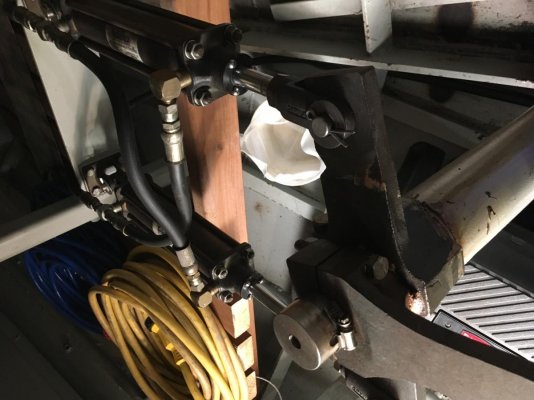 IMG_2544.jpg112.2 KB · Views: 150
IMG_2544.jpg112.2 KB · Views: 150 -
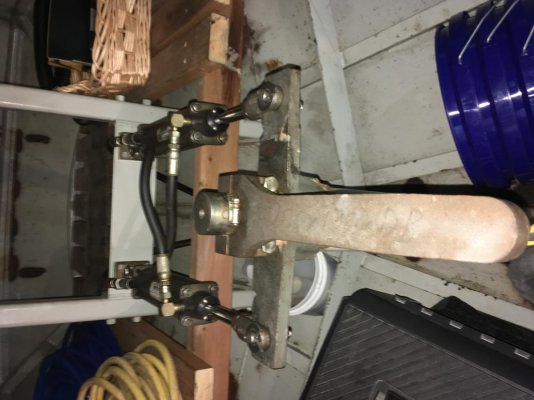 IMG_2551.jpg102.3 KB · Views: 147
IMG_2551.jpg102.3 KB · Views: 147 -
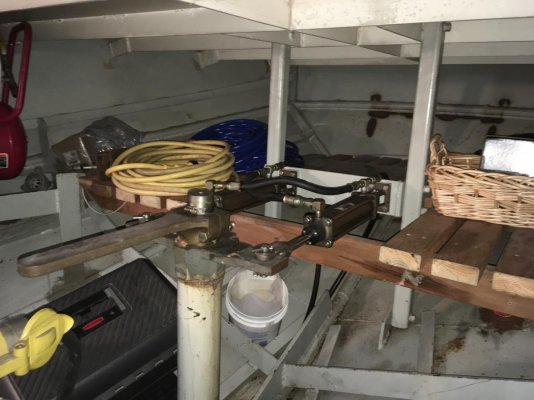 IMG_2552.jpg114.5 KB · Views: 174
IMG_2552.jpg114.5 KB · Views: 174 -
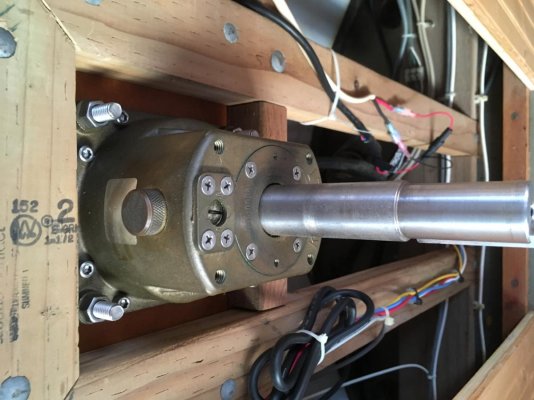 IMG_2548.jpg113.8 KB · Views: 149
IMG_2548.jpg113.8 KB · Views: 149 -
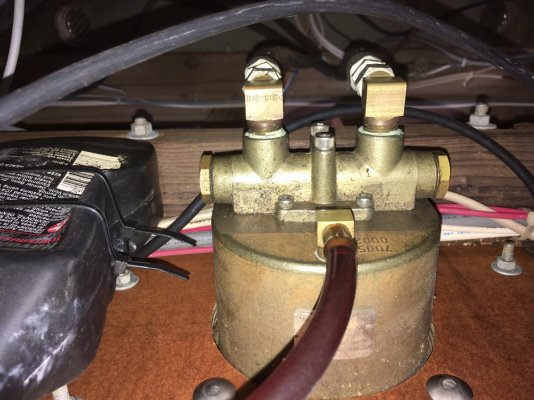 IMG_2550.jpg152.7 KB · Views: 142
IMG_2550.jpg152.7 KB · Views: 142 -
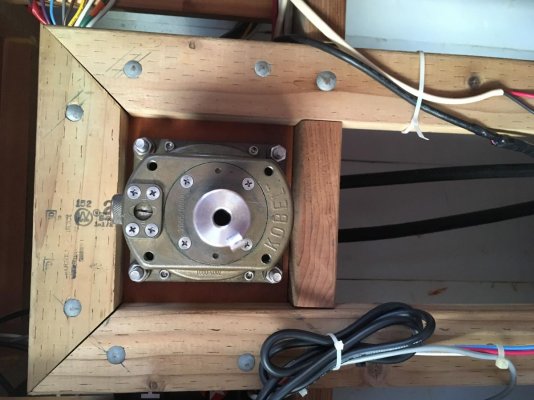 IMG_2547.jpg118.8 KB · Views: 150
IMG_2547.jpg118.8 KB · Views: 150 -
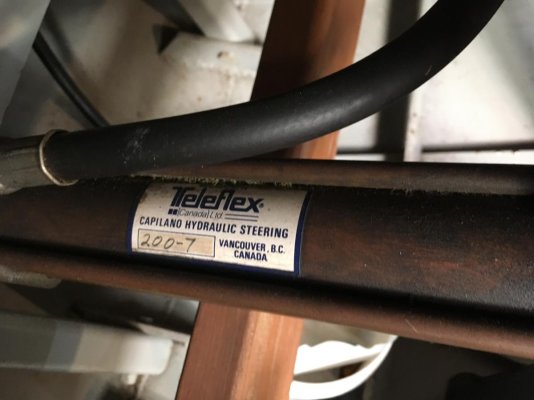 IMG_2545.jpg81.5 KB · Views: 143
IMG_2545.jpg81.5 KB · Views: 143 -
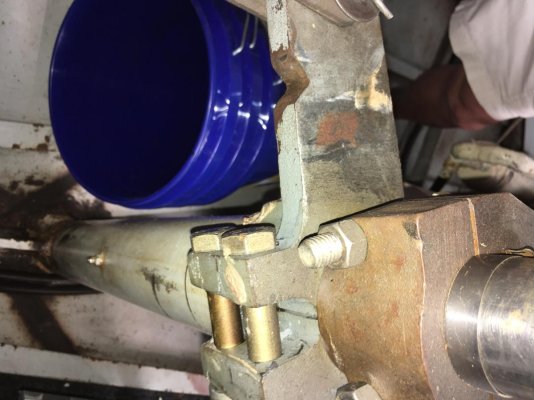 IMG_2546.jpg116.5 KB · Views: 137
IMG_2546.jpg116.5 KB · Views: 137 -
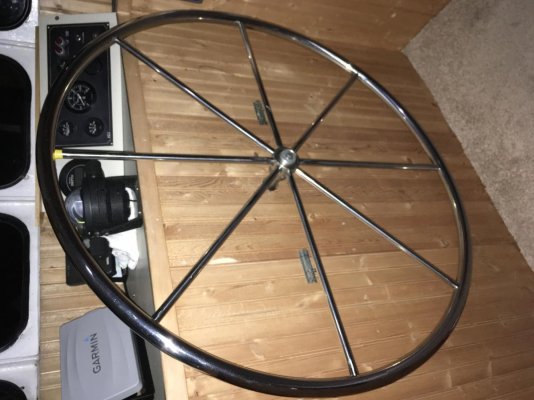 IMG_2553.jpg116.4 KB · Views: 133
IMG_2553.jpg116.4 KB · Views: 133

